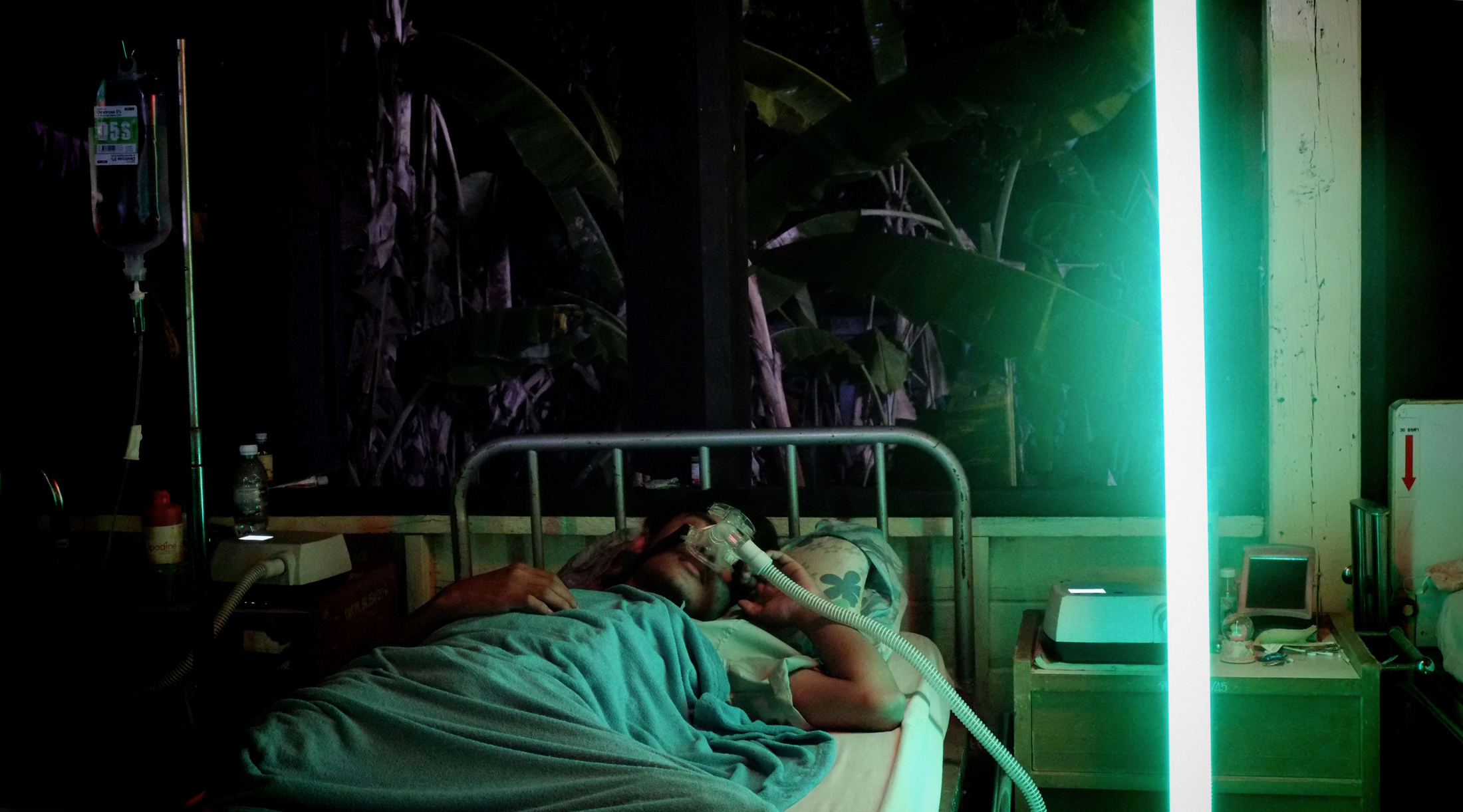Introduction / Issue 32 Rest and the Rest: The Aesthetics of Idleness
Artwork by contributor Nina Luostarinen. For Issue 30, the editorial board of InVisible Culture is honored to present a special introduction by Dr. Jean Ma. Also in this issue: “The Somnophile’s Guide to Cinema: An Interview with Jean Ma.” “Satan finds some mischief still for idle hands to do,” the old saying goes, or in another version of the phrase, “the devil finds work for idle hands.” The adage makes an equation between a lack of occupation and laxity of moral character: to abstain from the exertions of meaningful activity is to avail oneself to the devil’s enjoinment. Evil rushes into the void of vacant time. Then again, perhaps the devil is idleness itself, a condition whose conceptualization descends from acedia (in Greek, lack of care) and sloth. For the ascetic monks of the fourth century, acedia was a dreaded demon—indeed, “the most oppressive of all the demons,” according to Evagrius of Ponticus.1 Often creeping in from the hours of late morning to early afternoon and exerting a drag on the passage of time, even …








